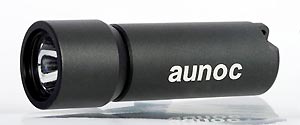- Home
- Directory
- Shop
- Underwater Cameras - Photographic Accessories
- Smartphone Housings
- Sea Scooters
- Hookah Dive Systems
- Underwater Metal Detectors
- Dive Gear
- Dive Accessories
- Diving DVD & Blu-Ray Discs
- Diving Books
- Underwater Drones
- Drones
- Subscriptions - Magazines
- Protective Cases
- Corrective Lenses
- Dive Wear
- Underwater Membership
- Assistive Technology - NDIS
- On Sale
- Underwater Gift Cards
- Underwater Art
- Power Stations
- Underwater Bargain Bin
- Brands
- 10bar
- AOI
- AquaTech
- AxisGo
- Backscatter Underwater Video and Photo
- BLU3
- Cayago
- Chasing
- Cinebags
- Digipower
- DJI
- Dyron
- Edge Smart Drive
- Eneloop
- Energizer
- Exotech Innovations
- Fantasea
- Fotocore
- Garmin
- Geneinno
- GoPro
- Hagul
- Hydro Sapiens
- Hydrotac
- Ikelite
- Indigo Industries
- Inon
- Insta360
- Intova
- Isotta Housings
- Jobe
- JOBY
- Kraken Sports
- LEFEET
- Mirage Dive
- Nautica Seascooters
- Nautilus Lifeline
- NautiSmart
- Nitecore
- Nokta Makro
- Oceanic
- Olympus
- OM System
- Orca Torch
- Paralenz
- PowerDive
- QYSEA
- Scubajet
- Scubalamp
- Sea & Sea
- SeaDoo Seascooter
- SeaLife
- Seavu
- Shark Shield
- Sherwood Scuba
- Spare Air
- StickTite
- Sublue
- Suunto
- SwellPro
- T-HOUSING
- Tusa
- U.N Photographics
- Venture Heat
- XTAR
- Yamaha Seascooter
- Youcan Robot
Ningaloo Reef - By Paul and Kelly Wags
Contributed by KellyW
 Divers
the world over can be divided into two groups, those who would like to visit
Exmouth and Ningaloo Reef and those who would like to go back there.
Divers
the world over can be divided into two groups, those who would like to visit
Exmouth and Ningaloo Reef and those who would like to go back there.
Of course this could be said of hundreds of highly promoted, well managed tropical diving destinations offering resort facilities, reliable diving conditions and top notch service, and herein lays the difference. Exmouth is remote, facilities are basic and conditions are unpredictable, however the marine life is abundant, the reef is highly accessible and the area is largely pristine.
Ningaloo Reef is a place where divers can experience a diverse range of depths, marine life, topography and visibility and patronise genuinely local operators who can customize diving packages based on experience, budget and seasonal diving conditions. Exmouth is not a place where divers can expect exciting nightlife, shopping or a large selection of restaurants. The allure lays in the rich, natural resources of the region, which are currently under consideration for World Heritage Listing, most significantly Ningaloo Reef!
Traditionally Ningaloo Reef has been referred to as having a 'season', being
somewhere between April and July.  This
is largely due to the desire of many visitors to coincide their visit with the
presence of Whale Sharks which visit Ningaloo to feed during these months.
This
is largely due to the desire of many visitors to coincide their visit with the
presence of Whale Sharks which visit Ningaloo to feed during these months.
 The
weather during this period in generally considered milder and more bearable,
particularly for European travellers who find the 40 degree days, common through
the summer months, unbearable. However, the preference for the 'season' is becoming
less obvious as more visitors arrive to take advantage of the less busy months,
where the chance for a beach or dive site to oneself becomes more likely. Diving
is great all year round, as long as divers are prepared to be flexible and make
choices based on conditions and local knowledge provided by local operators
and internet weather forecasts. The word is also out that whale sharks aren't
the only reliable 'big' animal at Ningaloo. Below is a rough guide to the action
that can be observed throughout the year at Ningaloo:
The
weather during this period in generally considered milder and more bearable,
particularly for European travellers who find the 40 degree days, common through
the summer months, unbearable. However, the preference for the 'season' is becoming
less obvious as more visitors arrive to take advantage of the less busy months,
where the chance for a beach or dive site to oneself becomes more likely. Diving
is great all year round, as long as divers are prepared to be flexible and make
choices based on conditions and local knowledge provided by local operators
and internet weather forecasts. The word is also out that whale sharks aren't
the only reliable 'big' animal at Ningaloo. Below is a rough guide to the action
that can be observed throughout the year at Ningaloo:
 November-
January: Turtles mating in the Shallows and nesting in the evenings.
November-
January: Turtles mating in the Shallows and nesting in the evenings. - Sharks mating and nursing in shallows. (Good diving unless cyclone)
- February- March: Baby turtles hatching, baby sharks in shallows. (Good Diving unless cyclone)
- March- July: Whale Sharks on West Coast
- June- July: Manta Rays feeding/ cleaning on West Coast
- June- August: Humpback Whales West Coast
- August- November: Humpbacks in Gulf
 Pilot
Whales, Minke Whales, dolphins, dugongs, manta rays, orcas and other 'big' animals
appear sporadically throughout the year to the delight of divers and crew -
anything can happen on Ningaloo Reef!
Pilot
Whales, Minke Whales, dolphins, dugongs, manta rays, orcas and other 'big' animals
appear sporadically throughout the year to the delight of divers and crew -
anything can happen on Ningaloo Reef!
Options for diving Ningaloo Reef from Exmouth span several locations. Not all
can be dived at all times of the year and are heavily dependant on wind, swell,
currents and tides, all of which the Ningaloo Reef are at the mercy of. However,
due to Exmouth's location of the North West Cape peninsula at least one side
is partially protected from the prevailing conditions. In a perfect world, divers
could visit each
location during their stay, but the reality is that their money and time underwater
are better spent by working with the conditions. This may well be the reason
divers come back time and time again, in the hope that the Indian Ocean will
allow them access to visit a different, wondrous part of Ningaloo Reef of each
visit. And given time it will.
The following is a brief description of each of the areas of Ningaloo Reef accessible to divers from Exmouth. Unfortunately, even if conditions are conducive to diving the more remote areas, often operators won't deviate from their local 'cattle truck run' due to expenses, logistics and time. However the discerning diver with a few Aussie dollars to play with will always find an operator willing to negotiate a private, customised charter.
 Lighthouse
Bay - Referred to as 'Local Reef Diving' by operators, is a 30 min
boat trip from the boat ramp at Bundegi Beach. This is considered the 'bread
and butter' diving of Exmouth due to close proximity, reliable marine life sightings,
numerous dive sites, and shallow depths. Dive sites include 'Blizzard Ridge',
the Labyrinth, Gulliver's, Eldorado's and the Fish Hole. These are huge limestone
outcrops, which
Lighthouse
Bay - Referred to as 'Local Reef Diving' by operators, is a 30 min
boat trip from the boat ramp at Bundegi Beach. This is considered the 'bread
and butter' diving of Exmouth due to close proximity, reliable marine life sightings,
numerous dive sites, and shallow depths. Dive sites include 'Blizzard Ridge',
the Labyrinth, Gulliver's, Eldorado's and the Fish Hole. These are huge limestone
outcrops, which
appear like oases in the sand, attracting thousands of fish of all sizes and
regular appearances of sea snakes, turtles, manta rays, sharks and colourful
nudibranchs.
Most of the dive sites here are in an easy 8-15m depth, and allow for long,
relaxing dives and great light and colour.
West Coast - The West coast is where the actual exposed; fringing
reef runs parallels to impossibly white sandy beaches, whose shores are protected
by the shallow inner lagoon. The Wale Sharks congregate on the west coast, feeding
on the nutrient rich waters during 'the season' and there are
opportunities to dive both inside and outside of the lagoon.
 The
deeper water outside the back of the reef has some interesting
The
deeper water outside the back of the reef has some interesting
country, ranging from steep walls to huge overhangs and swim thrus in15- 25.
At certain times of the year, these swim thrus fill up with glass fish creating
'bait cracks'. The bait cracks attract all types of pelagic fish, schools of
Trevally, Rankin cod, sharks, snapper and bull rays. The outcrops are also permanent
homes to huge sea turtles, friendly potato cod and lazy wobbegong sharks.
Unfortunately big, constant swells limit the number of clear days on the west coast, but there is some deeper ground that has more reliable visibility although notable less life. The inside of the reef also delivers some great diving to those that can overcome their contempt for shallow diving. The lagoon has a maximum depth of 9m and has provides great snorkelling opportunities, however the advantage of being on SCUBA and being able to remain submerged allows for excellent light filled photos with brilliant colour. Life includes chevron barracuda, lagoon rays, schools of puffer fish, colourful reef fish and even a dugong slinking by.
 Muiron
Islands - For most divers, the term Island conjures an image of lush
green palm trees stretching towards sheltered clear water, fringed by shallow
coral reef. The Muiron Islands are a little different. Pronounced 'Myoo- rons',
these Islands are recognised as the most Northern boundary of the Ningaloo Marine
Park.
Muiron
Islands - For most divers, the term Island conjures an image of lush
green palm trees stretching towards sheltered clear water, fringed by shallow
coral reef. The Muiron Islands are a little different. Pronounced 'Myoo- rons',
these Islands are recognised as the most Northern boundary of the Ningaloo Marine
Park.
The Islands take around 50mins to reach from Exmouth and the crossing is not always appealing to divers susceptible to seasickness. Once at the Islands, there is usually somewhere sheltered to dive, however conditions are unpredictable and heavily affected by wind, swell and current. Visibility is rarely exceptional at the islands, due to the constant movement and the powder find sand of the seafloor being constantly tossed into the water column.
 Seasickness
and poor visibility aside, the Islands do provide an awesome opportunity to
explore some wild country. The strong currents make this an ideal place for
soft coral s and sponges to live and the colourful gardens stretch out as far
as football fields. There are swim thrus that wind from 5m to 12m and some BIG
pelagics! Kamikaze mackerel and tuna fly overhead, while curious manta rays
inspect
Seasickness
and poor visibility aside, the Islands do provide an awesome opportunity to
explore some wild country. The strong currents make this an ideal place for
soft coral s and sponges to live and the colourful gardens stretch out as far
as football fields. There are swim thrus that wind from 5m to 12m and some BIG
pelagics! Kamikaze mackerel and tuna fly overhead, while curious manta rays
inspect
divers' bubbles. Lazy nurse sharks rest in caves and BIG cod appear from nowhere.
The Islands are a place for BIG things and the best piece of advice here is
to look up! Unfortunately, the Muiron Islands have experienced significant fishing
pressure over the years and stories and huge cod feeding frenzies and bommies
choc full of jumbo crayfish are becoming harder to believe. Unfortunately, this
is also the reason why local diving operators have declined marine park management
offers to install
moorings at heavily dived locations. The reasoning is that for the small amount
of coral destroyed by anchor damage, leaving the dive sites unmarked will minimise
the loss of fish life from the area.
 Bundegi
Reef - Bundegi Reef is the "get out of jail card' for local operators,
although ask any Exmouth locals and dive crew and they will tell you that it
is one of THE most underrated dive sites of Exmouth and no less spectacular
that the Eastern sites on the Muiron Islands. Bundegi reef is recognised by
coral reef scientists as having one of the highest coral recruitment rates in
the world and has been deemed a productivity hotspot. This is hardly surprising
as it is nestled between the nutrient rich Exmouth Gulf, (the lifeblood of the
area) and the Ningaloo Reef. The dives here a shallow and need to be timed for
slack tide or executed as a drifts. When
Bundegi
Reef - Bundegi Reef is the "get out of jail card' for local operators,
although ask any Exmouth locals and dive crew and they will tell you that it
is one of THE most underrated dive sites of Exmouth and no less spectacular
that the Eastern sites on the Muiron Islands. Bundegi reef is recognised by
coral reef scientists as having one of the highest coral recruitment rates in
the world and has been deemed a productivity hotspot. This is hardly surprising
as it is nestled between the nutrient rich Exmouth Gulf, (the lifeblood of the
area) and the Ningaloo Reef. The dives here a shallow and need to be timed for
slack tide or executed as a drifts. When  category
five cyclone Vance hit Exmouth Gulf in 1999, a lot of the coral here died either
as a direct result of being pounded by storm surge or being smothered by the
turbid water and silt. A lot of this damage is still visible, however the reef
is recovering at an impressive rate and it is fascinating to observe the new
corals reaching up through skeletons of dead coral, determined to return Bundegi
reef to its former glory. The larger boulder corals which survived the cyclone
are like huge apartment blocks, filled with fish and animals at every level.
Bundegi reef is "busy" with fish. Reef sharks, turtles, sweetlips,
coral trout and Spanish flag can be found loitering amongst the bommies and
manta rays will glide past later in the year.
category
five cyclone Vance hit Exmouth Gulf in 1999, a lot of the coral here died either
as a direct result of being pounded by storm surge or being smothered by the
turbid water and silt. A lot of this damage is still visible, however the reef
is recovering at an impressive rate and it is fascinating to observe the new
corals reaching up through skeletons of dead coral, determined to return Bundegi
reef to its former glory. The larger boulder corals which survived the cyclone
are like huge apartment blocks, filled with fish and animals at every level.
Bundegi reef is "busy" with fish. Reef sharks, turtles, sweetlips,
coral trout and Spanish flag can be found loitering amongst the bommies and
manta rays will glide past later in the year.
Bottom scratchers enjoy diving Bundegi reef due to never ending species of
nudi branchs which crawl past as well as triton shells, flatworms, sponge crabs
and other critters. Although night diving isn't offered by most operators in
Exmouth, Bundegi Reef offer's some special after
dark action- most notably the coral spawning which occurs, seven to ten days
after the first full moon in March.
Exmouth Navy Pier - The world famous Navy Pier stretches out into Exmouth Gulf and is next door to Bundegi Reef. The Pier has been rated as one of the top ten dive sites in the Australia and one of the top ten Pier dives in the world- and with good reason! The pier has been closed to fishing for a number of years all the life has been left to grow and breed. As a result, the water beneath the Pier is filled to the brim with fish of all sizes and species.
 The
max depth is around 10m, providing an easy dive and allowing plenty of bottom
time. Entries are from the shore or a giant stride from a platform and dives
need to be made during the window of slack tide. Due to tidal movement, visibility
on the Pier is rarely exceptional, however the trade of is that the sheer abundance
of life requires the diver to look little more than 5m for the next breathtaking
sight!
The
max depth is around 10m, providing an easy dive and allowing plenty of bottom
time. Entries are from the shore or a giant stride from a platform and dives
need to be made during the window of slack tide. Due to tidal movement, visibility
on the Pier is rarely exceptional, however the trade of is that the sheer abundance
of life requires the diver to look little more than 5m for the next breathtaking
sight!
Despite low visibility the dive is easy to navigate and is a photographer's
dream, with life everywhere and seemingly unafraid of divers. Huge,
curious estuarine cod follow the groups of divers over the top of wobbegong
and white tip sharks sleeping on the bottom. Sea snakes wind through the coral
encrusted pylons and frog fish stare out from the discarded piping which litters
the sea floor. Thousands of trevally swim laps close to the surface and elegant
lionfish hand suspended in the water column and most divers exit the pier completely
exhilarated and determined to dive it again. Night dives on the pier are equally
amazing and are offered to advanced divers when tides are conducive.
 Ningaloo
is exposed, unpredictable, and pristine. It is one of the few places with world
where you can visit and dive the exact same dive site three dives in a row and
see something different on each. It is a place where you can sit at 14m and
just 'be' with a turtle, or share a cleaning station with a manta ray three
meters across and weighing 700kgs. Come during winter and virtually be guaranteed
to encounter the biggest fish on earth and come during summer and observe a
sea turtle orgy. Divers around the world come back here because Ningaloo gets
under their skin. They are seduced by the red dirt and turquoise sea, the casual
and aloof nature of both the local people and marine life. They come back because
there is nothing plastic, micro managed strategically marketed or consumer driven
about Ningaloo, the life is there
Ningaloo
is exposed, unpredictable, and pristine. It is one of the few places with world
where you can visit and dive the exact same dive site three dives in a row and
see something different on each. It is a place where you can sit at 14m and
just 'be' with a turtle, or share a cleaning station with a manta ray three
meters across and weighing 700kgs. Come during winter and virtually be guaranteed
to encounter the biggest fish on earth and come during summer and observe a
sea turtle orgy. Divers around the world come back here because Ningaloo gets
under their skin. They are seduced by the red dirt and turquoise sea, the casual
and aloof nature of both the local people and marine life. They come back because
there is nothing plastic, micro managed strategically marketed or consumer driven
about Ningaloo, the life is there
and the diving speaks for itself. No five stars, no performance, just a box
of chocolates- you never know what you're gonna get!
Wags and Kelly live, work and breath the Ningaloo Reef. They have dived and filmed the reef extensively and their high definition footage has appeared in documentaries, DVDs and on televison around the world. Their passion is for educating people about the underwater world and nurturing a love and respect for the ocean. They have produced several underwater DVDs and continue to add to their archive year after year as Ningaloo Reef continues to surprise and delight them with new creatures and behavious year after year. They are highly active in assisting local researchers with whale sharks, turtles and other marine life and vocal on local conservation issues arisng on Ningaloo Reef.
They also run their own small diving charters for experienced divers and are sought after by film crews and professionals to help capture the best of Ningaloo Reef.
We have also done full reviews on Amphibico's Phenom and EVO PRO underwater
housings as well as EDIUS 4 by Canopus, a NLE video editing software for HDV
and DV.
More info or to contact Wags and Kelly.
Shopfront
-
 SeaLife Micro 3.0 Underwater Camera 64GB - Limited Edition Explorer Gift Set includes 2000F Sea Dragon light for FREE
SeaLife Micro 3.0 Underwater Camera 64GB - Limited Edition Explorer Gift Set includes 2000F Sea Dragon light for FREE
- Price A$ 1,049.00
-
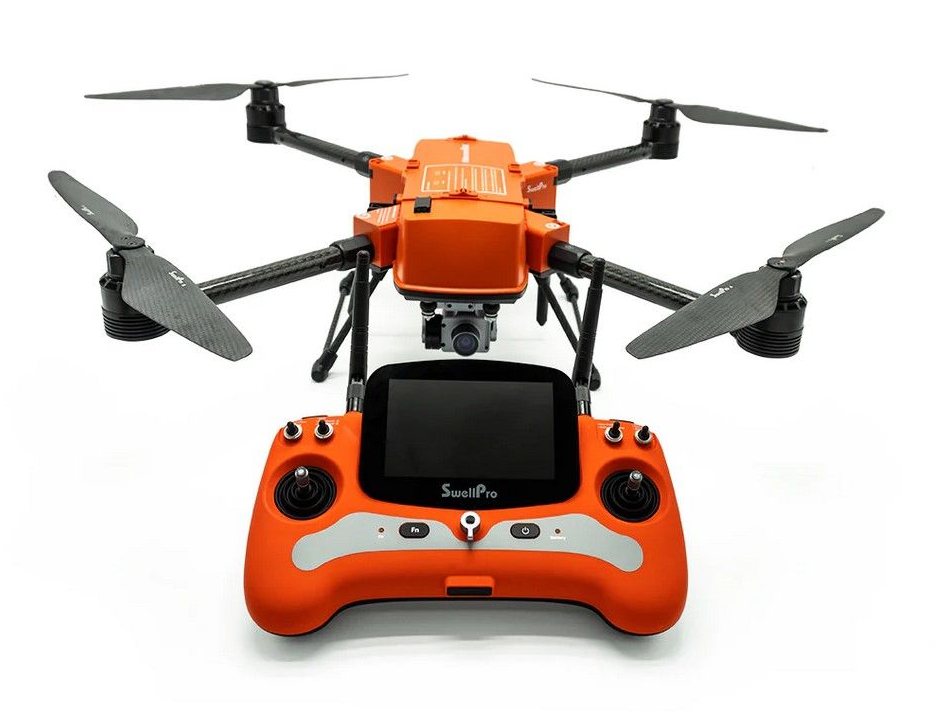 SwellPro Fisherman MAX Heavy Lift Fishing Drone Advanced
SwellPro Fisherman MAX Heavy Lift Fishing Drone Advanced
- Price A$ 3,999.00
-
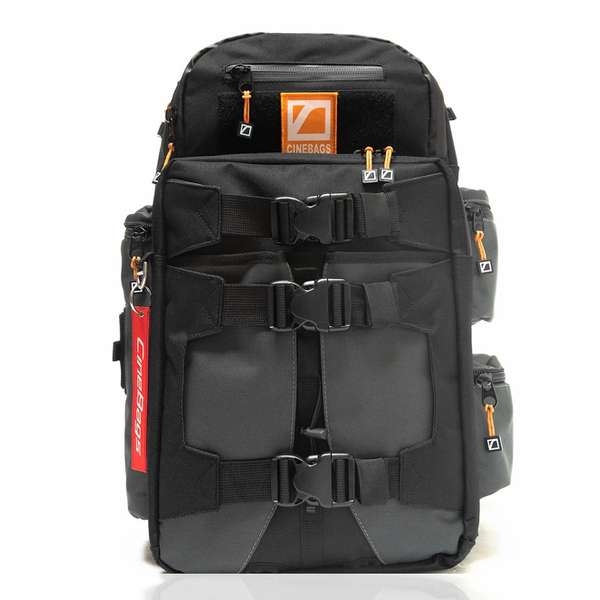 CineBags - CB25B Revolution Backpack
CineBags - CB25B Revolution Backpack
- Price A$ 519.95
-
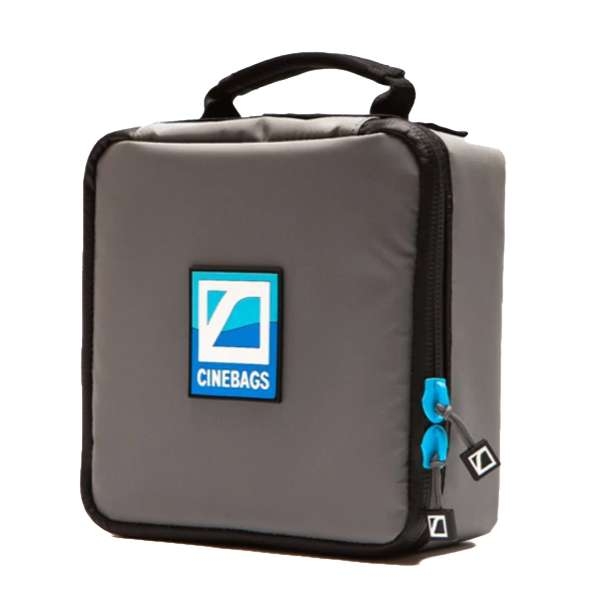 CineBags - CB74 Dome Port Case
CineBags - CB74 Dome Port Case
- Price A$ 123.95
-
 Stickon Bifocals - StickTite Lenses - 32mm
Stickon Bifocals - StickTite Lenses - 32mm
- Price A$ 49.95
-
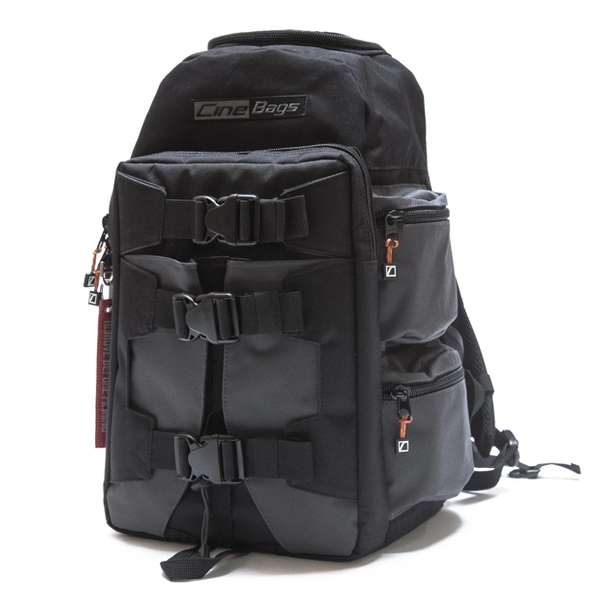 CineBags - CB23 DSLR Backpack
CineBags - CB23 DSLR Backpack
- Price A$ 405.95
-
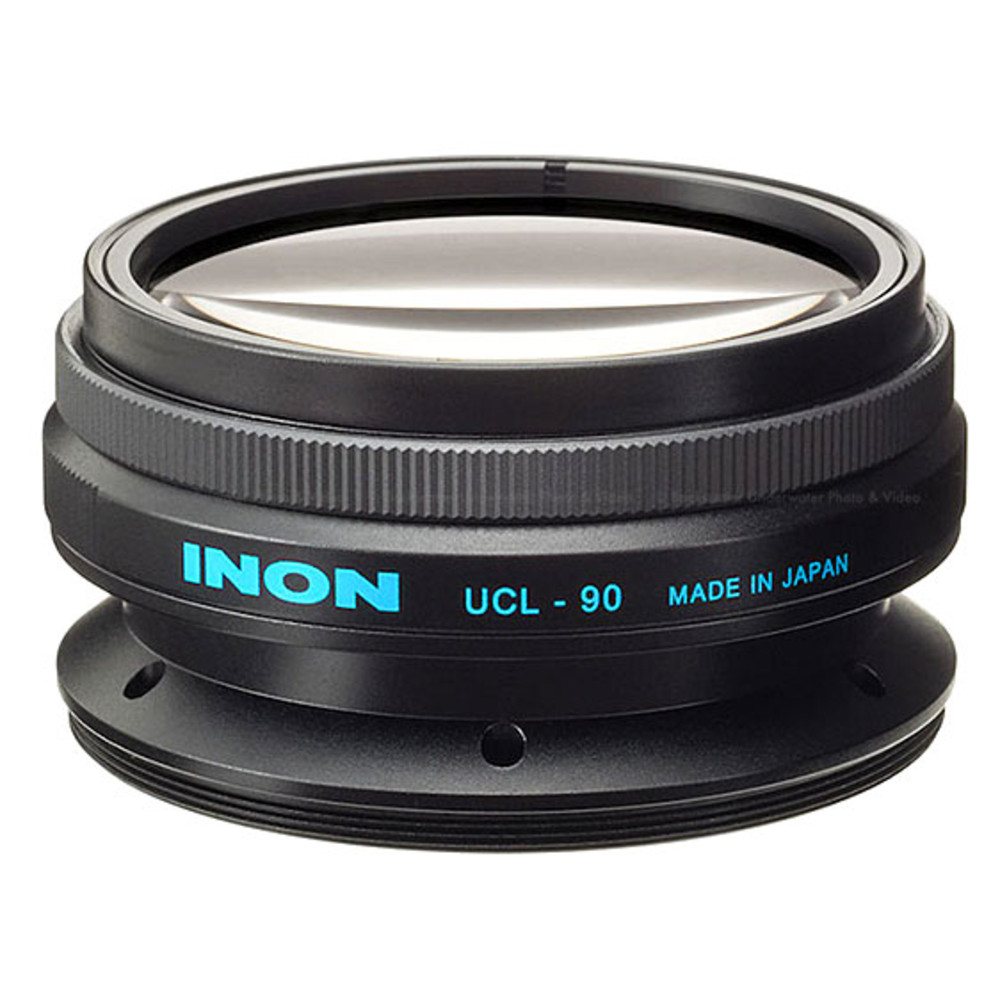 Inon UCL-90 M67 Underwater Close-up Macro Lens +11
Inon UCL-90 M67 Underwater Close-up Macro Lens +11
- Price A$ 499.00
In the Directory



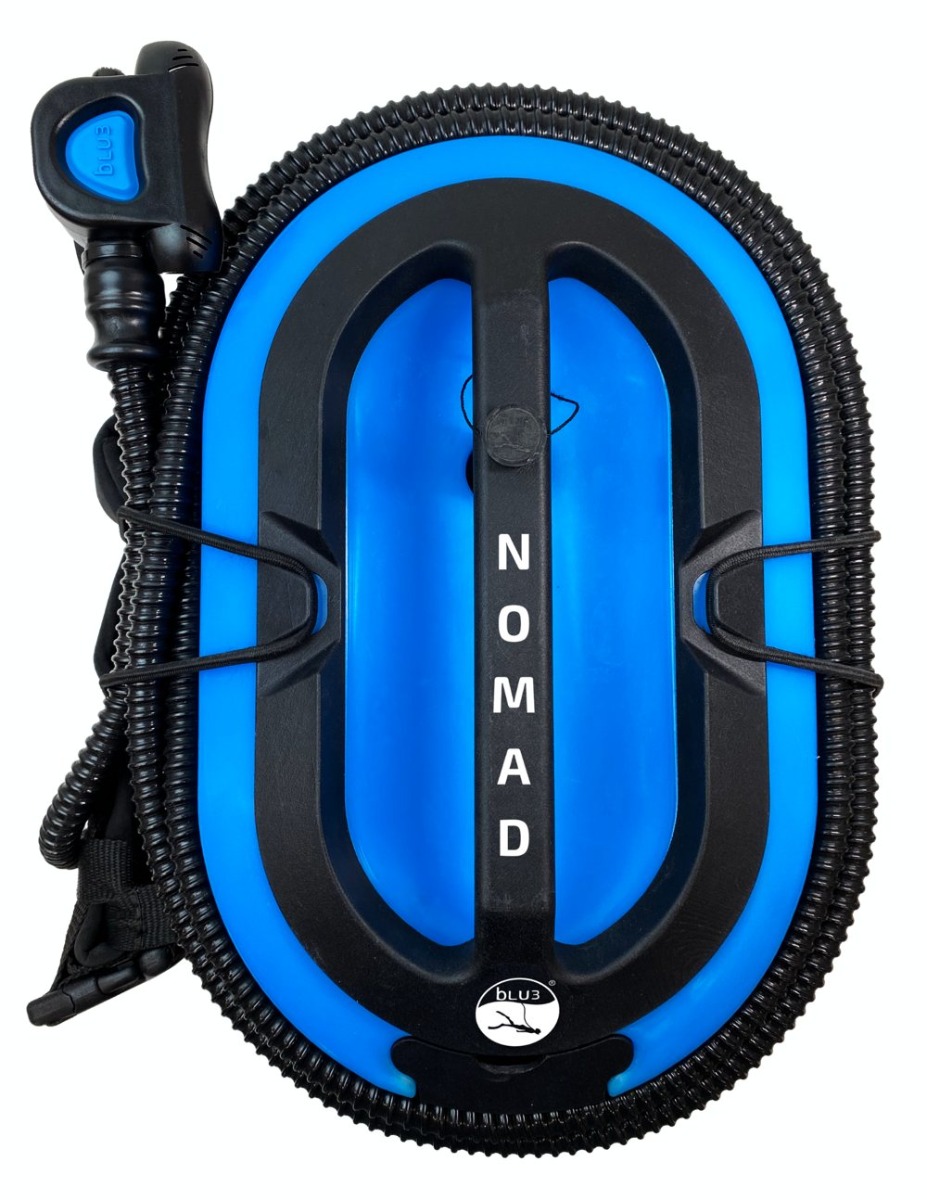
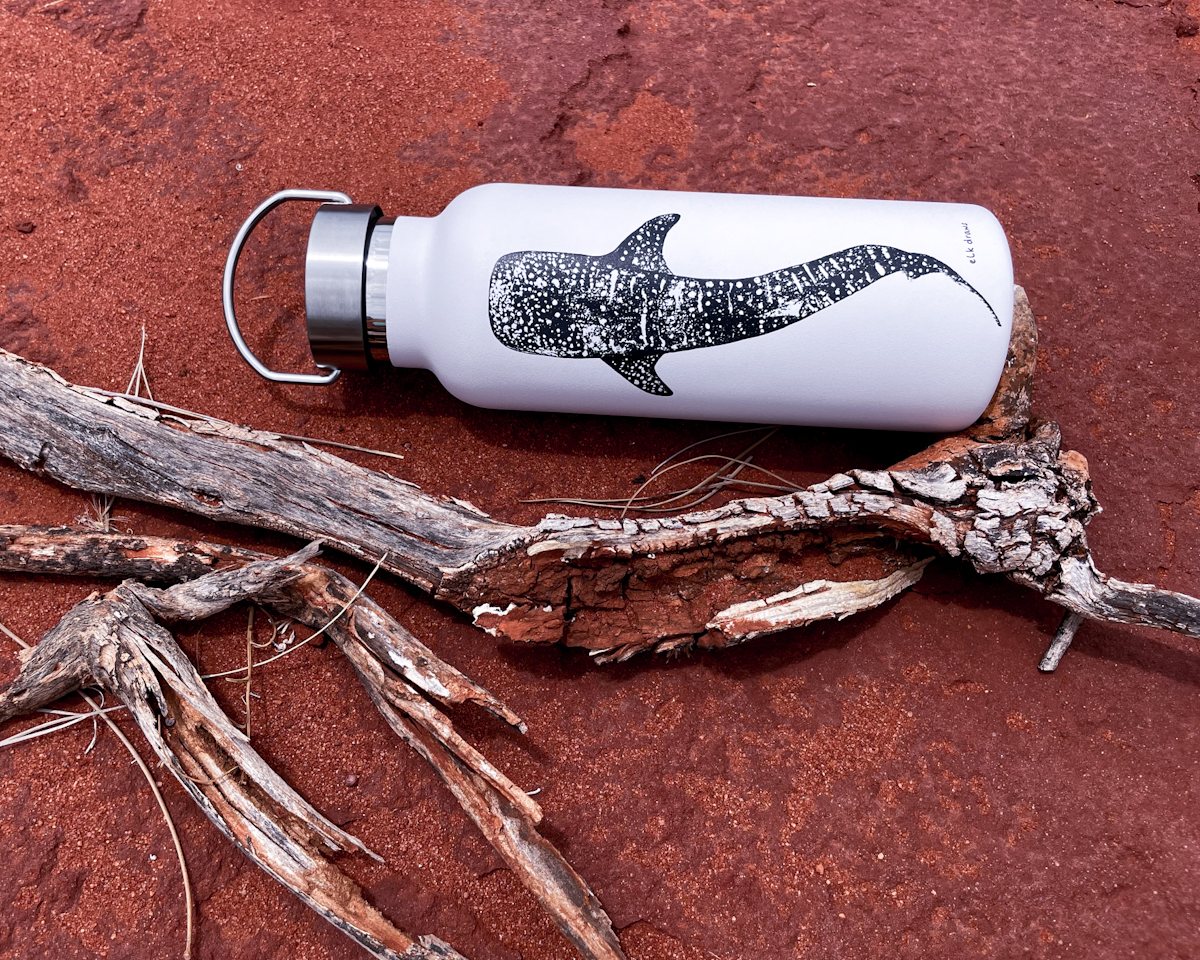
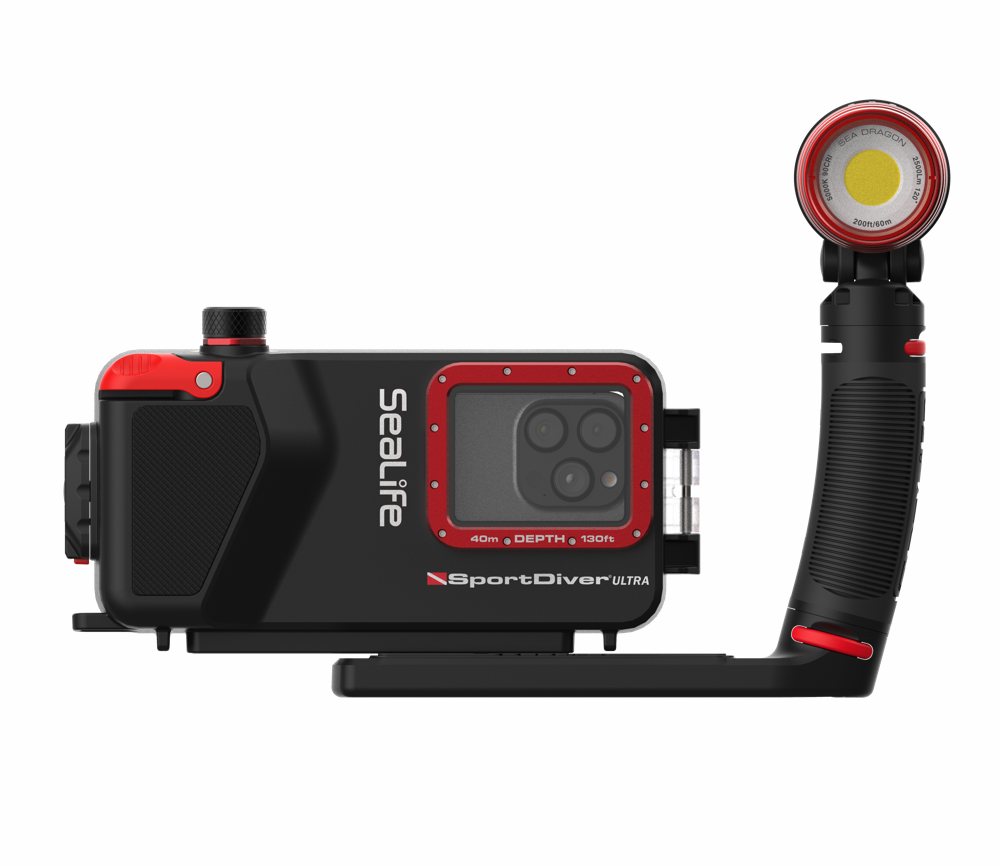

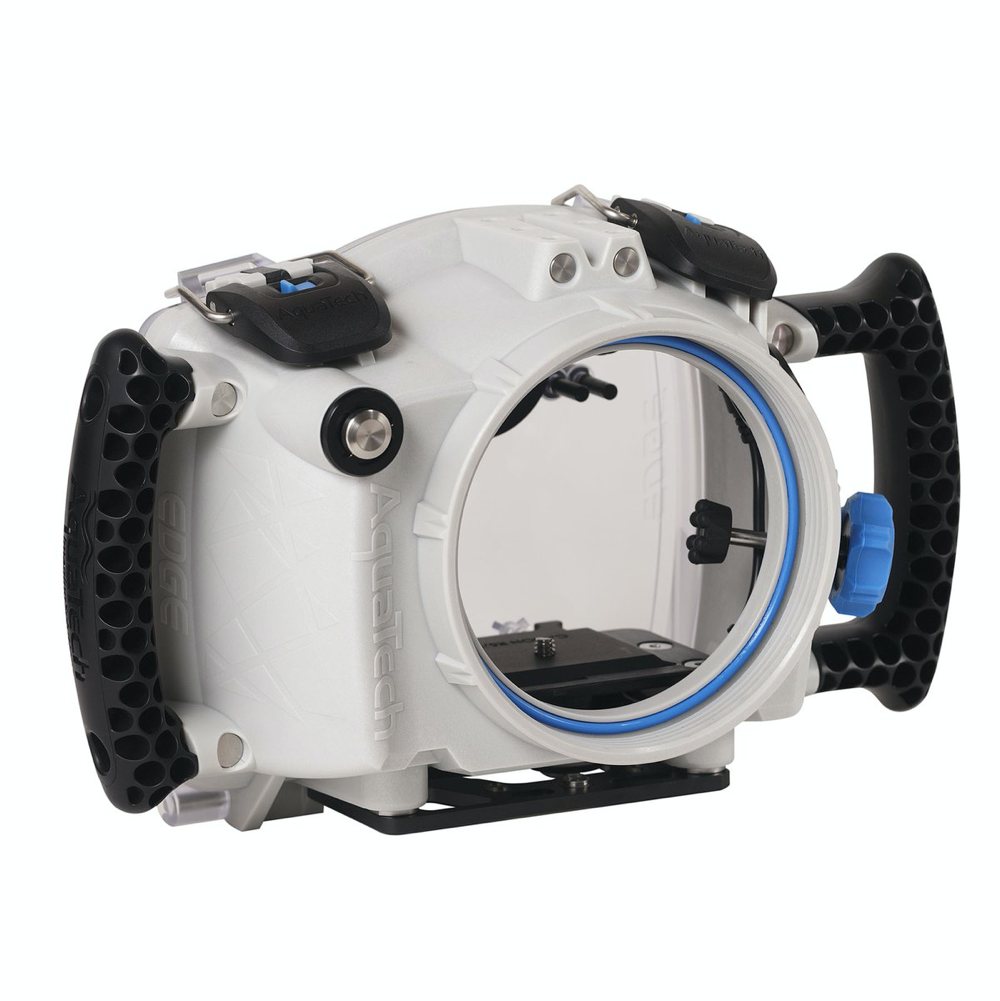

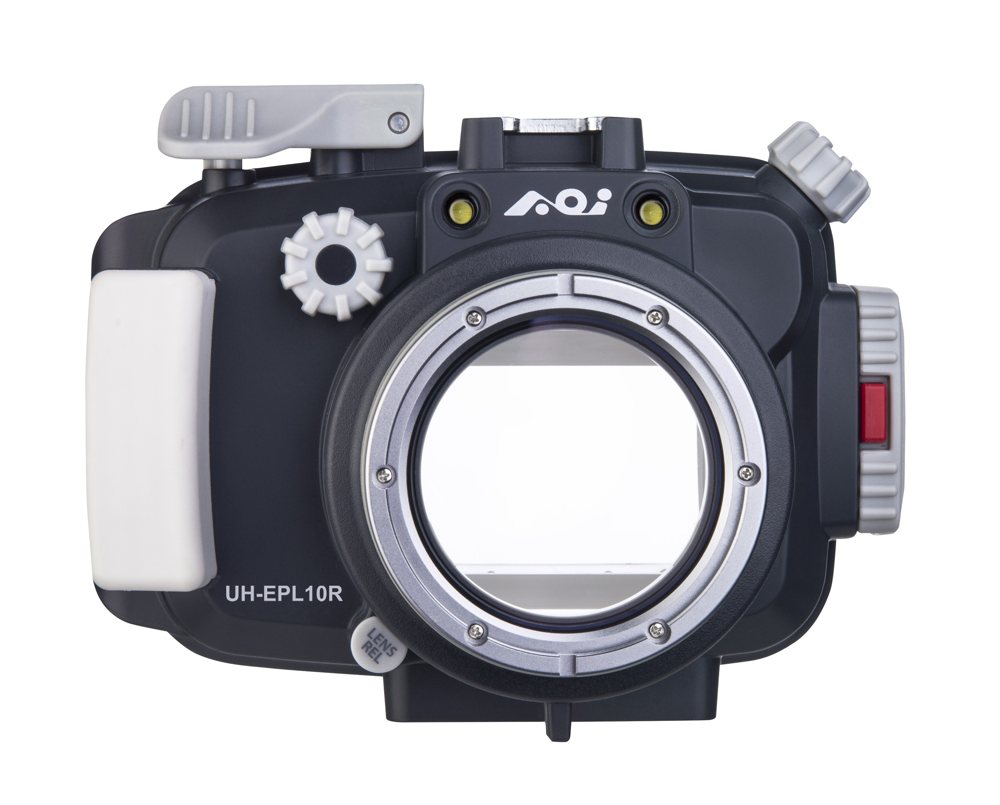
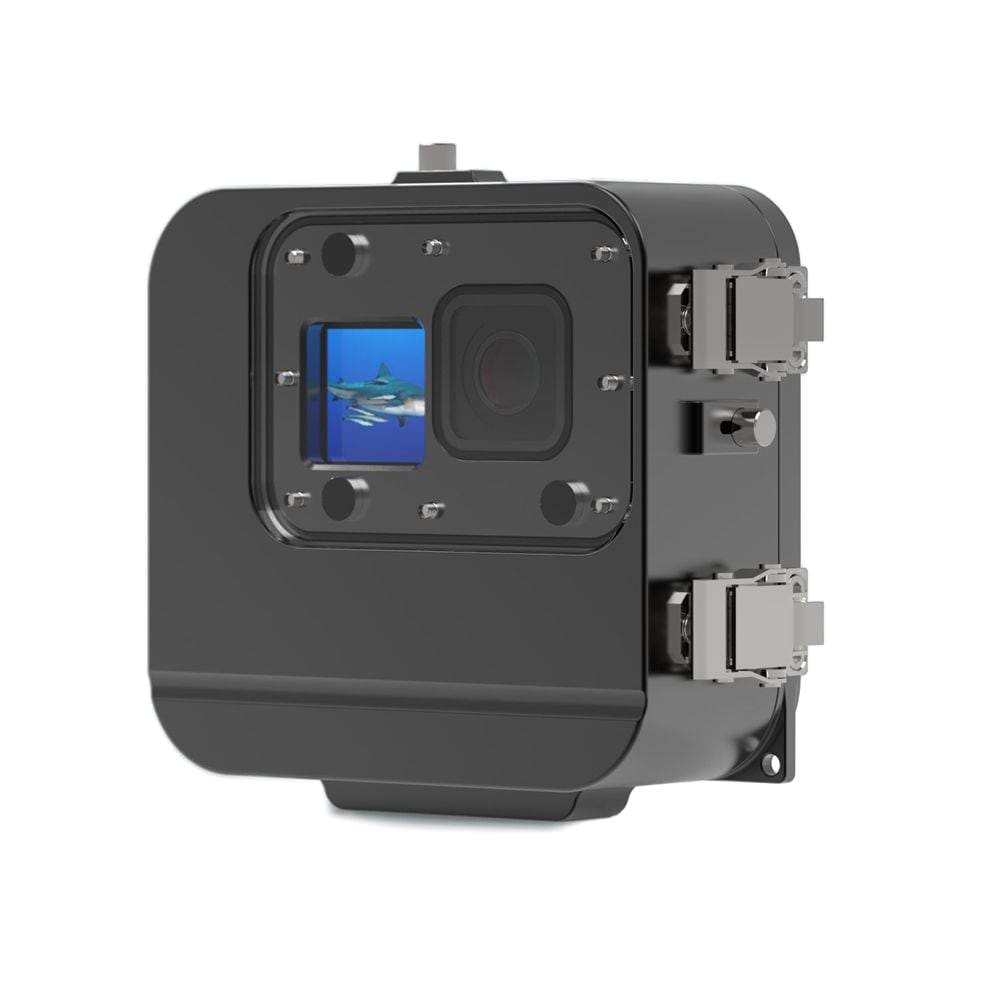



 Scubalamp PV73 Photo/Video Light - 7000 wide plus 2000 lumens spot
Scubalamp PV73 Photo/Video Light - 7000 wide plus 2000 lumens spot 



